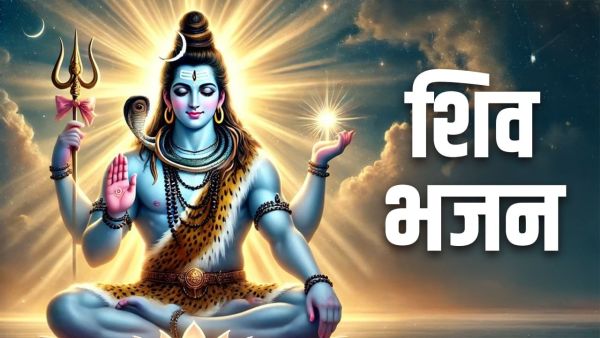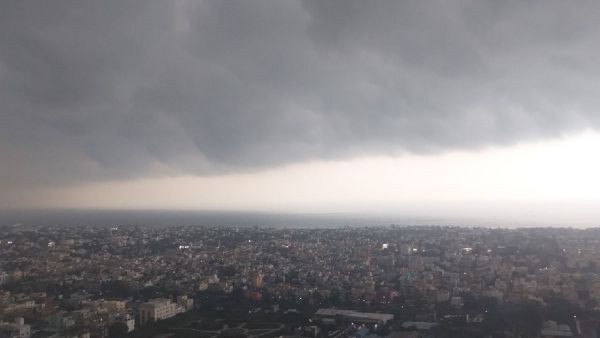Why Every Seeker (and Skeptic) Should Read Death by Sadhguru
1. Because We’re All Scared of Death—And That Fear Controls Us Sadhguru doesn’t romanticize death. He peels back the fear and says, “Look at it.” In Indian culture, we often light a diya after someone dies—symbolizing that even in death, there is light. This book is that diya. It gently invites you to sit with your fears and see that death is not darkness. It’s transformation.
 One of the most mystical—and deeply Indian—aspects of the book is how Sadhguru talks about
mahasamadhi: the conscious exit from the body. This isn’t science fiction. Our scriptures—from Shiva to Adiyogi to Ramana Maharshi—speak of it too. In
Death, Sadhguru demystifies it, not for shock value but to show us the
untapped possibility of human life.
One of the most mystical—and deeply Indian—aspects of the book is how Sadhguru talks about
mahasamadhi: the conscious exit from the body. This isn’t science fiction. Our scriptures—from Shiva to Adiyogi to Ramana Maharshi—speak of it too. In
Death, Sadhguru demystifies it, not for shock value but to show us the
untapped possibility of human life.
He reminds us that the body is not us—just a vessel. And knowing how to leave it consciously is the ultimate yoga.
3. It Connects Indian Mythology, Science, and Spirituality Seamlessly This isn’t your average New Age book. Sadhguru grounds his thoughts in Tantra, Yoga, and ancient Indian death rituals—but he doesn’t preach. He weaves in Karma theory, the role of food after death, pitru dosh, and why we do shraadh (death rites), connecting it all in a way that’s surprisingly rational.
You'll find yourself nodding, not because he asks you to believe, but because something within you remembers.
4. It Offers a New Lens on Grief The way we mourn is deeply cultural—and often, mechanical. But Death offers a sacred pause. It shows how to process grief not by running from pain, but by witnessing it.
You learn that helping the departed isn’t about crying louder—it’s about offering peace through energy, intention, and rituals done right.
It’s not a book of comfort. It’s a book of clarity.
5. Because We Prepare for Everything in Life—Except Death We prepare for exams, jobs, weddings, even retirement. But not death—neither ours nor our loved ones'. Death is like an instruction manual we never knew we needed. From how to treat a dying person’s environment to what kind of foods and words to use—every page reads like an ancient soul whispering timeless truth into our noisy modern ears.
And no, it doesn’t tell you to become morbid or fatalistic. It tells you to become aware.
6. It Can Be Life-Altering—If You’re Willing to Read it Slowly This book is not meant to be read in a day. It’s not your typical self-help book with steps and hacks. It’s a
mirror and a fire, both. You’ll find parts that shake you, comfort you, trigger you.
This book is not meant to be read in a day. It’s not your typical self-help book with steps and hacks. It’s a
mirror and a fire, both. You’ll find parts that shake you, comfort you, trigger you.
But when you come out of it, you’ll breathe a little deeper. Live a little more kindly. And hold space for things we often rush to escape.
7. The Language Is Deep, Yet Accessible Unlike many spiritual texts, Sadhguru’s tone in Death is grounded, sometimes cheeky, always unpretentious. He uses analogies—of cows, mangoes, and even Android updates—to explain subtle truths about the soul and afterlife. You won’t feel preached at; you’ll feel spoken to.
This Book Isn’t Just About Death. It’s About You. There’s a reason ancient sages meditated in cremation grounds. There’s a reason we touch feet of the elderly—not just out of respect, but because they’ve walked closer to that threshold we all will one day cross.
Reading Death by Sadhguru won’t make you afraid. It will make you reverent. It’ll make you want to live more intentionally, speak more truthfully, love more completely.
And isn’t that what a spiritual book should do?
Explore the latest trends and tips in , , , , and at
“If you are afraid of death, you are afraid of life itself.” — Sadhguru2. It Redefines What 'Leaving the Body' Means in Yogic Terms
 One of the most mystical—and deeply Indian—aspects of the book is how Sadhguru talks about
mahasamadhi: the conscious exit from the body. This isn’t science fiction. Our scriptures—from Shiva to Adiyogi to Ramana Maharshi—speak of it too. In
Death, Sadhguru demystifies it, not for shock value but to show us the
untapped possibility of human life.
One of the most mystical—and deeply Indian—aspects of the book is how Sadhguru talks about
mahasamadhi: the conscious exit from the body. This isn’t science fiction. Our scriptures—from Shiva to Adiyogi to Ramana Maharshi—speak of it too. In
Death, Sadhguru demystifies it, not for shock value but to show us the
untapped possibility of human life.
He reminds us that the body is not us—just a vessel. And knowing how to leave it consciously is the ultimate yoga.
3. It Connects Indian Mythology, Science, and Spirituality Seamlessly This isn’t your average New Age book. Sadhguru grounds his thoughts in Tantra, Yoga, and ancient Indian death rituals—but he doesn’t preach. He weaves in Karma theory, the role of food after death, pitru dosh, and why we do shraadh (death rites), connecting it all in a way that’s surprisingly rational.
You'll find yourself nodding, not because he asks you to believe, but because something within you remembers.
4. It Offers a New Lens on Grief The way we mourn is deeply cultural—and often, mechanical. But Death offers a sacred pause. It shows how to process grief not by running from pain, but by witnessing it.
You learn that helping the departed isn’t about crying louder—it’s about offering peace through energy, intention, and rituals done right.
It’s not a book of comfort. It’s a book of clarity.
5. Because We Prepare for Everything in Life—Except Death We prepare for exams, jobs, weddings, even retirement. But not death—neither ours nor our loved ones'. Death is like an instruction manual we never knew we needed. From how to treat a dying person’s environment to what kind of foods and words to use—every page reads like an ancient soul whispering timeless truth into our noisy modern ears.
And no, it doesn’t tell you to become morbid or fatalistic. It tells you to become aware.
6. It Can Be Life-Altering—If You’re Willing to Read it Slowly
 This book is not meant to be read in a day. It’s not your typical self-help book with steps and hacks. It’s a
mirror and a fire, both. You’ll find parts that shake you, comfort you, trigger you.
This book is not meant to be read in a day. It’s not your typical self-help book with steps and hacks. It’s a
mirror and a fire, both. You’ll find parts that shake you, comfort you, trigger you.
But when you come out of it, you’ll breathe a little deeper. Live a little more kindly. And hold space for things we often rush to escape.
7. The Language Is Deep, Yet Accessible Unlike many spiritual texts, Sadhguru’s tone in Death is grounded, sometimes cheeky, always unpretentious. He uses analogies—of cows, mangoes, and even Android updates—to explain subtle truths about the soul and afterlife. You won’t feel preached at; you’ll feel spoken to.
This Book Isn’t Just About Death. It’s About You. There’s a reason ancient sages meditated in cremation grounds. There’s a reason we touch feet of the elderly—not just out of respect, but because they’ve walked closer to that threshold we all will one day cross.
Reading Death by Sadhguru won’t make you afraid. It will make you reverent. It’ll make you want to live more intentionally, speak more truthfully, love more completely.
And isn’t that what a spiritual book should do?
Explore the latest trends and tips in , , , , and at
Read more









